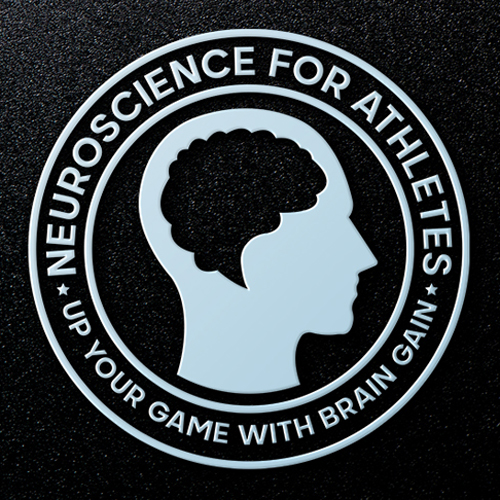A section that explains the different parts of the brain and their functions, with a focus on how these structures relate to athletic performance.

The brain is made up of several different structures, each with a unique function. In terms of athletic performance, there are several key brain structures that play a crucial role:
It is important to note that these brain structures are interconnected and work together to produce movement and control behavior. By understanding the function of these structures, athletes can develop targeted training programs to optimize their brain function and improve their performance.

